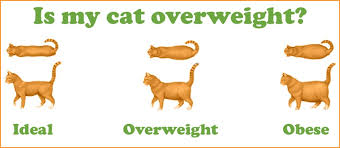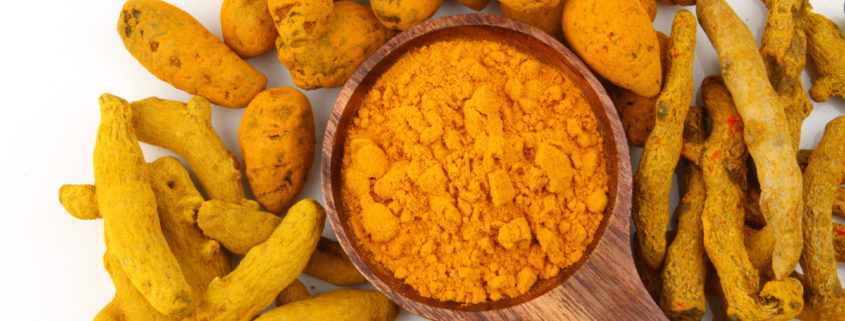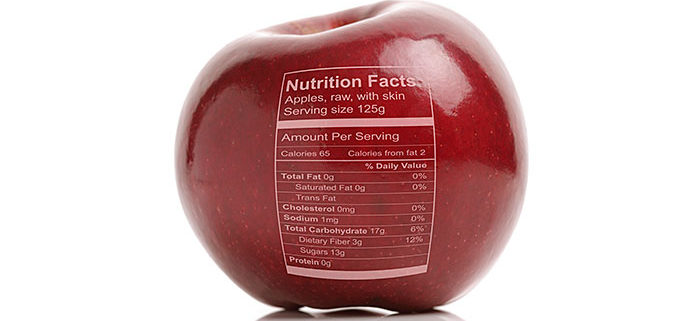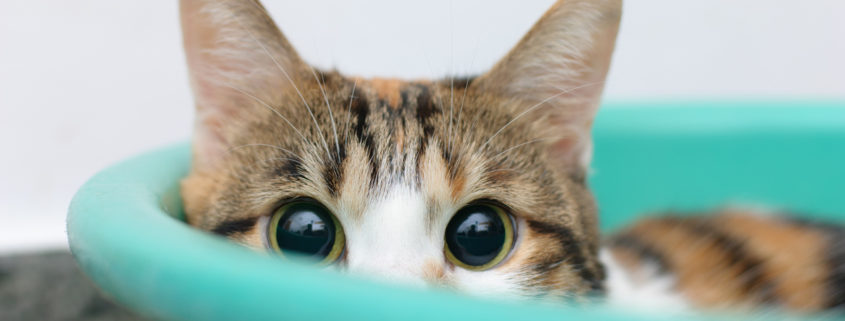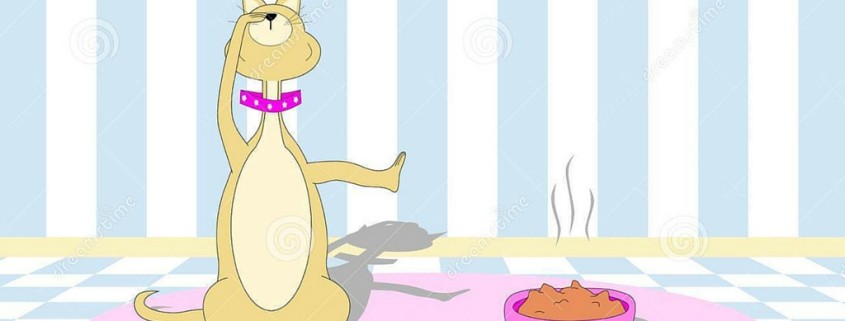Overweight and Obese Cats – Why You Should Act Now
Overweight or obese animals are at risk for serious health consequences and their conditions should not be taken lightly. The extra weight can seriously impact the length and quality of an animal’s life and increases their risk for many health conditions including diabetes, heart disease, high blood pressure, unnecessary strain to the bones, joints, and ligaments, and difficulty breathing.
Obesity is a nutritional disease that results from consuming more calories than the body needs. Current statistics show that in the U.S., over 50% of cats and dogs are overweight or obese. This means we are simply feeding them too much, and likely feeding them too much of the wrong food. The good news is it is fully within our reach to get our animals back to a healthy weight so that they can live a happy and pain-free life! (Read about canine weight-loss here.)
Identifying the Problem
For most cats, the obesity problem can be attributed to two factors: living indoors and being fed a biologically-inappropriate kibble. Typically, indoor cats do not exercise as much as cats that have access to the outdoors, and therefore do not burn as many calories in a day. Additionally, if we feed an indoor cat a diet that is exclusively or predominantly kibble, we are feeding a high carb diet to a low activity animal. This becomes an easy recipe for an overweight cat.
(See Flimflam Food: The Truth About Grain-Free Pet Food)
The Solution: Eliminate Kibble and Increase Exercise
Eating Right: Ditch the Kibble!
It’s important to note that all kibble has carbohydrates, regardless if it’s grain-free or not. Grain-free simply means that the carbohydrate of choice is potatoes, peas, or tapioca, and is still not appropriate for your cat, who is a strict carnivore.
Most kibble is around 25-35% carbohydrate, the lowest on the market is 13% carbohydrate. The carbohydrates that your cat would naturally ingest would not exceed more than 5%, and those carbohydrates would have been predigested in the guts of their prey.
Cats lack the ability to digest carbohydrates because they lack the enzyme, amylase, which s responsible for digesting carbohydrates. When we feed cats kibble, especially carbohydrate rich formulas such as Indoor or Weight loss formulas, those carbohydrates are not translated into energy but instead are stored as fat. “Indoor” and “Weight Loss” formulas tend to be higher in carbohydrates because carbs allow the “person” to feed a larger portion of food to their cat, and avoid feeling guilty about reduced amounts of food.
Using an Indoor or Weight Loss formula is actually counterproductive to helping your cat lose weight because of these excess carbs.
Additionally, because cats cannot process and utilize carbohydrates, Indoor and Weight loss formulas result in the loss of lean muscle mass because your cat is not consuming enough protein to maintain that muscle mass. Your cat’s body uses more calories maintaining muscle mass, than it does maintaining fat, so when muscle mass is lost, their metabolic rate goes down. If weight loss does occur on these types of formulas, it is typically short term.
Regardless of age or stage, indoor vs. outdoor, skinny or fat, all cats should be eating a diet that consists exclusively of raw or canned food, or some combination of the two. Protein is the appropriate form of energy for cats and when we provide them with a diet rich in fresh protein their bodies are able to attain their full potential and avoid chronic health conditions.
Exercise is Good for the Body and the Mind
Exercise is a very important aspect to living a healthy lifestyle. If your cat is not a good candidate for harness training and getting exercise outside, then it is really important that you provide them with exercise and stimulation from play. Indoor cats can be just as high maintenance as a dog because it is your responsibility to provide them with the exercise and stimuli that they need.
You should be aiming for 15 minutes of exercise, at least 2-3 times per day. There are many great toys that can get your cat moving, the Da Bird, Da Mouse, and laser pointers all provide your cat with “the chase” that is so good for their cardio and mental stimuli. If your cat is obese then you should start with shorter bursts of exercise lasting anywhere from 5-10 minutes, 2-3 times per day, and work your way towards longer stints of exercise. Another great way to get your cat moving is by throwing a small healthy treat up or down the stairs. This is a really fun activity that gets your cat moving and is really easy to do. Just be sure you know exactly how many calories are in the treats and deduct those calories from how much you feed that night.
By following these steps and fine tuning your cat’s weight loss regime to their personal needs, your cat is sure to lose weight. As your cat returns to their ideal weight you will see huge improvements in their quality of life!

